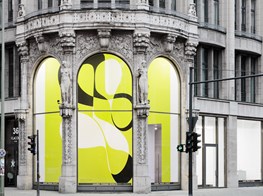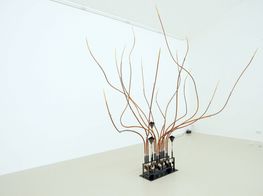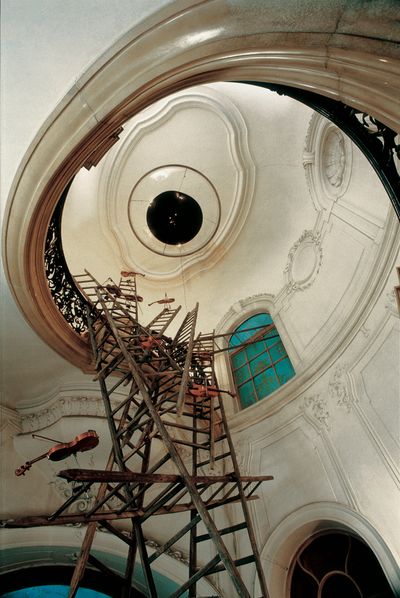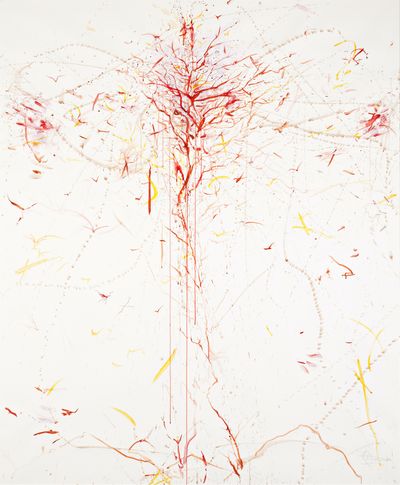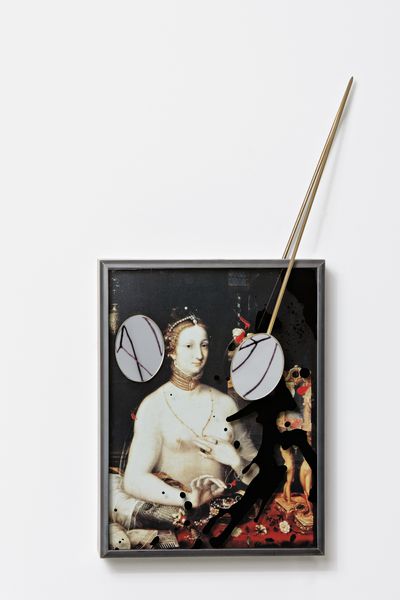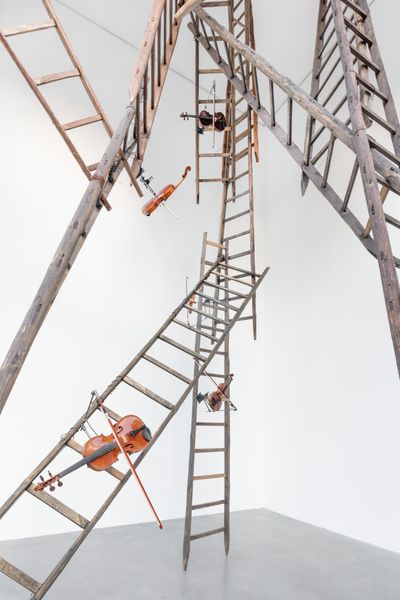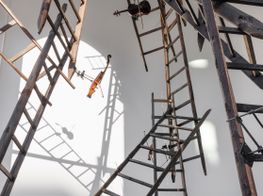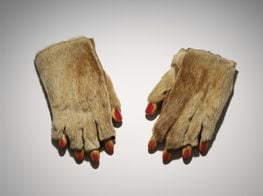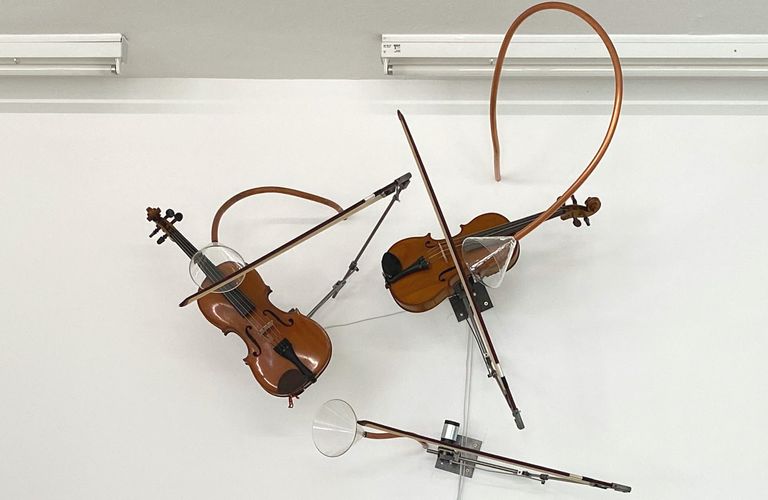
Thirty years after their first collaboration with historic German artist Rebecca Horn, Galerie Thomas Schulte present a solo exhibition of the artist's works, opening on the occasion of Gallery Weekend Berlin (Bee's Planetary Map, 28 April–26 June 2021). The gallery's owner and founder, Thomas Schulte, reflects on this longstanding relationship and the continuing significance of Horn's practice.
I believe you first worked with Rebecca Horn in 1991, when the gallery initially opened as Galerie Franck + Schulte. How did this relationship begin?
Rebecca had been a long-time artist of my partner Eric Franck's gallery in Geneva. He had shown her frequently since the early eighties, and to this day is a supporter and close friend to the artist.
After this, Rebecca left the gallery for quite some time, recently returning. What was the reason for this?
It was a combination of purely accidental events, commercial requests, and developments in Rebecca's European representation that got us talking about work again. But also, of course, it reflects the wish to have Germany-based representation in this stage of her career.
Over this 30-year period, how has the market reception for Horn's work changed?
The market perception has not changed that much. Rebecca had a very well-established following in 1991 and regular shows in important galleries and international museums and group events, just as she does today. Her current prices are naturally higher, but not at all over the top for an artist of her standing and quality.
Entitled Bee's Planetary Map, the upcoming exhibition includes a monumental, dream-like installation of hanging straw baskets resembling bees' nests, recently on display at the Centre Pompidou-Metz. What initially drew Horn to this subject matter of bees?
The focus relates to Horn's long-term interest in themes of rootlessness and dislocation, with the empty straw baskets signalling the bees' itinerant drifting.
The work references current migration crises arising from the Middle East, Africa, South America, and elsewhere, while relating to her own memories of growing up after the Second World War, witnessing the displacement of Jewish communities.
Horn works across many different mediums—painting, film, performance, sculpture, sound, and installation—what was the process for selecting the range of works on show?
Our upcoming show in Berlin is a combination of very recent works that Rebecca completed within the last 12 months, and two larger installations that have had exposure before, but have not yet been shown in Berlin.
They perfectly fit our gallery space: Bee's Planetary Map in the main exhibition space and a tall, upright piece called Tower of the Nameless in our nine-metre-high corner space.
Both pieces thematise migration and displacement and are therefore not only important pieces to showcase together, but are also timely commentaries in the context of contemporary Germany.
In 1989, Valie Export described Horn's work as 'Feminist Actionism'. In light of movements such as #MeToo, how do you see Horn's work and messages relating to contemporary gender politics?
To me, it was always fascinating how Rebecca, in her signature poetic style, introduced machines as rigid and absurdly controlling elements that at once had a very male connotation, while countering this with much softer elements that bring a very different kind of sensitivity into play.
In doing so, she continues in Meret Oppenheim's tradition, as Valie Export puts it, sensitising the feminine imagination and showing particular feminine creativity and sensitivity.
All of this is part of a broader tradition of female artists like Rebecca, Valie Export, and many others, who laid and expanded the foundations for gender equality and greater diversity and representation in the art world.
Wonderfully tactile, an ongoing series of vitrine-based works include fragments from the human and non-human world—such as maps, motors, shells, and stones—creating poetic and fragile landscapes. Are these informed by the artist's extensive travels?
They are informed by her extensive imagination and sense of poetry, and over the last years are gaining in compositional sensitivity that is closer to drawing.
After this awful year of the pandemic and lockdown, do you believe viewers will experience a new appreciation for the theatricality and sensuality of Horn's works?
Yes! It seems that Rebecca's work holds a lot of answers for our particular times, which was obvious in the enthusiastic reactions to her most recent museum shows and in the many supportive comments we received after announcing our new collaboration.
Rebecca touches on a lot of sensitive matters of today. Horn has recently seen major simultaneous retrospectives, Body Fantasies at Museum Tinguely, Basel and Theatre of Metamorphoses at Centre Pompidou Metz, Metz (both 2019). What can we expect in the future?
We are looking forward to a beautiful and comprehensive exhibition at the Kunstforum in Vienna, Austria. Opening on 28 September 2021, it will focus on the interrelationships between various media and diverse genres in the artist's oeuvre.—[O]
Main image: Rebecca Horn, Die drei Grazien im Tanz (2020). 2 violins, 3 violin bows, 3 glass-funnels, copper, motors, steel, electronic device. Courtesy Galerie Thomas Schulte.

